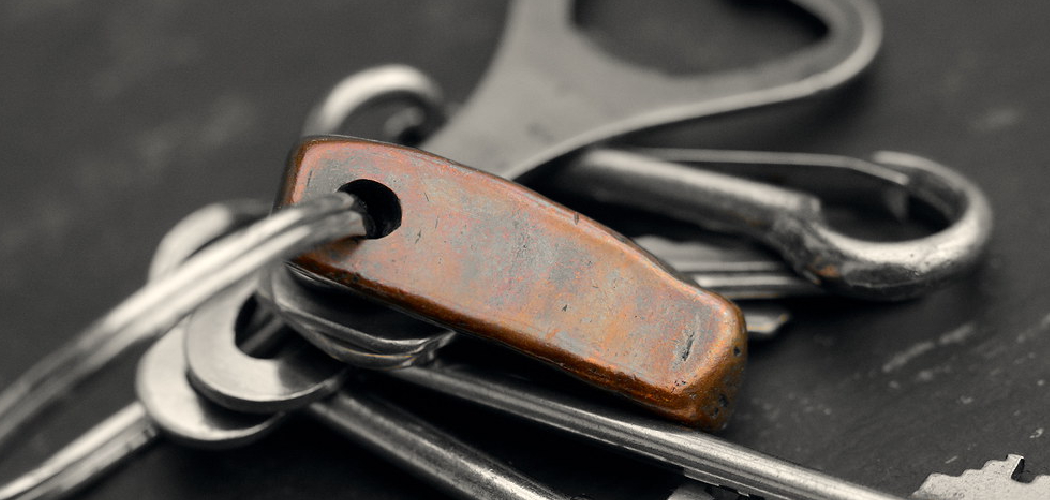Are you tired of forgetting your keychain password? You’re not alone. Many people struggle with remembering their passwords, and changing them can seem overwhelming.
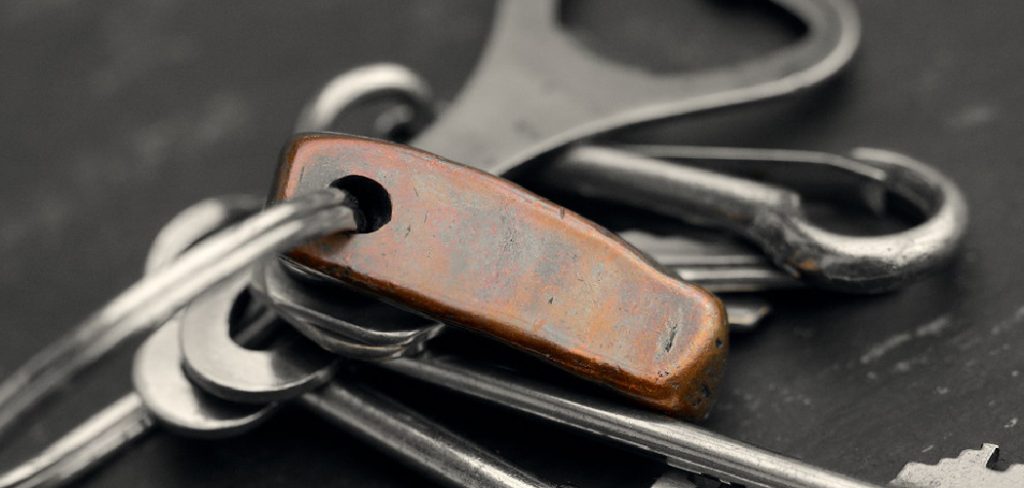
Changing your keychain password is essential to maintain the security of your stored credentials and sensitive information. The keychain is a secure system feature that stores passwords, account details, and other confidential data, making it accessible only when needed. If you’ve updated your device login password or want to enhance security, updating your keychain password ensures that your data remains protected.
This guide on how to change keychain password will walk you through the steps to efficiently change your keychain password, helping you safeguard your personal information and avoid potential access issues. Let’s get started!
What Are the Benefits of Changing Your Keychain Password?
Changing your keychain password is a simple yet important security measure. Here are some benefits of updating your keychain password:
- Enhanced Security: By regularly changing your keychain password, you can prevent unauthorized access to your confidential data.
- Protection Against Cyber Attacks: With the increasing number of cyber attacks and data breaches, updating your keychain password can help protect against potential threats.
- Avoid Access Issues: If you’ve updated your device login password or have forgotten your current keychain password, changing it will ensure uninterrupted access to your personal information.
What Will You Need?
You won’t need much to change your keychain password, just a few simple steps and your device. Here are some things you’ll need:
- Your device (computer, phone, tablet)
- Current login password
- A new password in mind
Once you have these items ready, you can change your keychain password.
10 Easy Steps on How to Change Keychain Password
Step 1. Open Keychain Access
To begin, locate the Keychain Access application on your device. If you’re using a Mac, you can find it by opening the Finder, navigating to the Applications folder, and then opening the Utilities folder. Alternatively, you can use the Spotlight search by pressing Command (⌘) + Spacebar, typing “Keychain Access,” and selecting the app from the search results. Once you’ve located the application, click to open it. You are now ready to proceed to the next step.
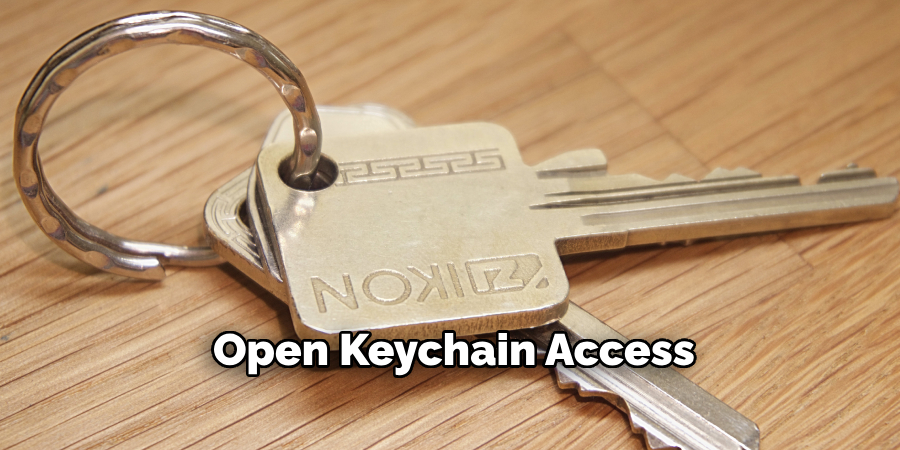
Step 2. Select Keychain
Once you’ve opened the Keychain Access application, you’ll see a sidebar on the left-hand side of the window. This sidebar lists keychains, such as Login, System, and iCloud. Select the keychain that contains the information you want to access. For most users, this will usually be the Login keychain. Click on it to ensure it is highlighted, which indicates it has been selected. You are now ready to proceed to the next step.
Step 3. Access Preferences
To access preferences in the Keychain Access application, go to the menu bar at the top of your screen. Click on Keychain Access, which will open a drop-down menu. From this menu, select Preferences. This will open the preferences window, where you can manage various settings related to your keychains. Here, you can adjust options such as certificate settings or even reset default keychains if necessary. Exploring these preferences helps you better control and understand the application’s functionality.
Step 4. Enter Current Password
When prompted, enter your current password in the dialogue box. This is the same password you use to log into your Mac. Ensure you type it accurately; the system will not proceed if the password is incorrect. If you’ve forgotten your password, you may need to reset it through your account recovery options. Once the correct password is entered, click OK to continue to the next step.
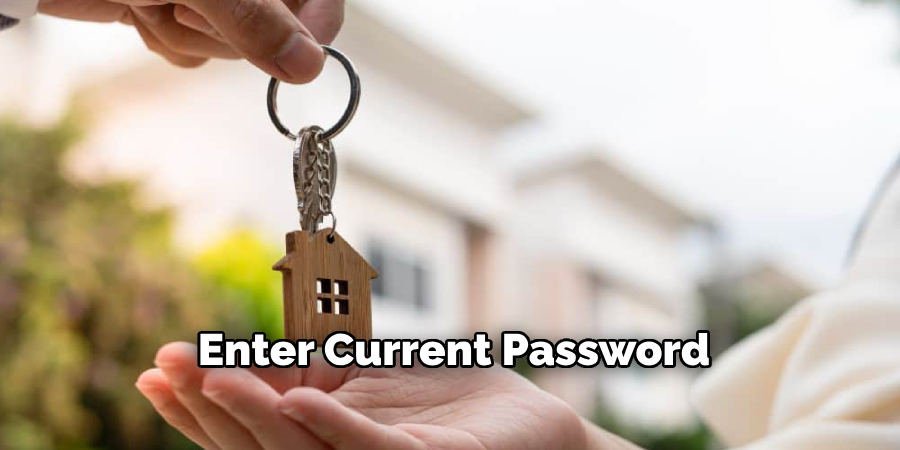
Step 5. Create a New Password
When prompted, create a new password that is both strong and memorable. A strong password typically includes a mix of uppercase letters, lowercase letters, numbers, and special characters. Avoid using common words, personal information, or easily guessed sequences. For added security, aim for a password at least 12 characters long. Once you have entered your new password, re-enter it in the confirmation field to ensure accuracy. Click OK to save the new password and proceed to finalize the process.
Step 6. Ensure Password Strength
Creating a strong password is essential for safeguarding your account and personal information. To ensure maximum security, use uppercase and lowercase letters, numbers, and special characters. Avoid predictable phrases, such as “password123” or “abc123,” and avoid including personal details like your name or birthdate. Consider using a passphrase, combining unrelated words into a longer, more memorable password. Regularly updating your passwords and avoiding reuse across multiple accounts further enhances security. These measures will protect your information from unauthorized access and strengthen your digital defenses.
Step 7. Save Changes
To finalize your updates, ensure all the details you’ve entered are accurate. Once you are confident everything is correct, click the “Save” or “Apply” button. This action will store your changes and implement the updated settings immediately. It’s important to confirm the update’s success by revisiting the relevant section or testing access, if applicable. Always double-check to prevent potential errors and ensure your information remains secure.
Step 8. Update System Prompts
To update system prompts, navigate to the appropriate settings or configuration page in your system’s interface. Locate the section labeled “Prompts” or “System Messages.” Here, you can edit the predefined prompts based on your requirements.
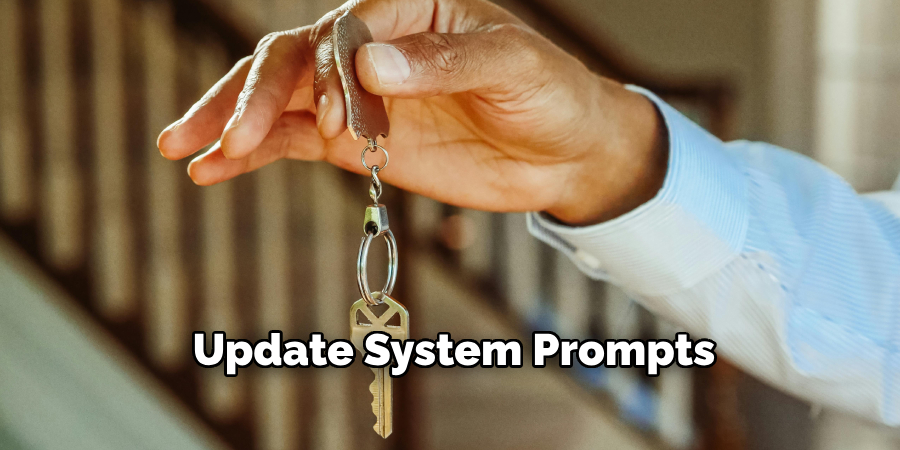
Ensure that the updated text is clear, concise, and aligned with the prompt’s purpose. After making your changes, save them and test the prompts in a controlled environment to confirm they function as intended. Regularly reviewing and refining these prompts can improve user interaction and system clarity.
Step 9. Test the Keychain
After completing the setup and ensuring all configurations are in place, test the keychain functionality. Begin by verifying that all keys are securely stored and accessible when needed. Simulate scenarios requiring key access to ensure the system responds accurately and without delay. If the keychain involves encryption or authentication, ensure these processes are seamless and error-free. Document any issues encountered during testing, which will help fine-tune the system for optimal performance. A thorough and systematic test will confirm the reliability and security of the keychain.
Step 10. Keep the Password Secure
To ensure the security of the keychain, it is crucial to keep the associated password secure at all times. Use a unique password that combines uppercase and lowercase letters, numbers, and special characters. Avoid using easily guessable information such as names, birthdates, or common words. Store the password in a trusted manager to prevent loss or unauthorized access. Regularly update the password and avoid reusing it across multiple accounts or systems.
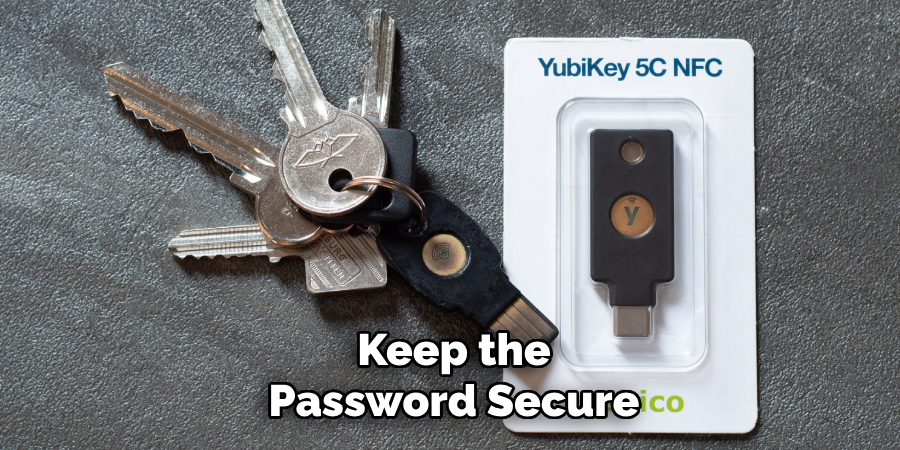
By following these steps, you can successfully change your keychain password and maintain secure access to your credentials.
5 Things You Should Avoid
- Using Weak Passwords: Avoid creating passwords that are short or lack complexity, such as “123456” or “password.” Weak passwords are easy for attackers to guess and can compromise the security of your keychain.
- Reusing Old Passwords: Never reuse a password that you have previously used. This increases the risk of unauthorized access, especially if your old password has been exposed in a data breach.
- Sharing Your Password: Avoid sharing your keychain password with anyone, even trusted individuals. Sharing increases the likelihood of it falling into the wrong hands.
- Ignoring Password Updates: Failing to update your keychain password regularly can leave you vulnerable to security threats. Ensure you change it periodically to maintain optimal protection.
- Saving Passwords in Unsecure Locations: Do not write down your password on paper or save it in unsecured digital files. Instead, use a reliable password manager to store and protect your credentials.
What Type of Password Manager is Best for You?
Various types of password managers are available, each with unique features and security measures. Here are some factors to consider when determining the best kind of password manager for you:
- Local vs. Cloud-based: A local password manager stores your passwords on one device, while a cloud-based one stores them in a remote server accessible from any device. Local managers offer better control over your data, but can be limiting if you need to access your passwords from different devices.
- Multi-platform Compatibility: If you use multiple devices (e.g., laptop, phone, tablet), choose a password manager that works across all platforms.
- Encryption and Security: A good password manager should use strong encryption methods, such as AES-256, to protect your data. It should also have additional security features, like two-factor authentication and a master password that only you know.
- Password Generation: Many password managers offer the option to generate unique, strong passwords for each of your accounts. This eliminates the need to create new passwords and ensures better security for your accounts.
- Autofill and Auto-login: Some password managers can automatically fill in your login information and log you into websites, saving you time and effort.
Conclusion
How to change keychain password is an important step to maintaining the security of your stored credentials.
To do this, start by accessing the Keychain Access application on your device. Locate the keychain you want to update, typically the default “login” keychain, and select the option to change its password. You’ll need to enter your current password and set a new, strong one. Choose a unique and difficult-to-guess password, incorporating a mix of characters, numbers, and symbols. Once completed, your keychain will remain secure while effectively protecting sensitive information.
Always remember to update the associated system login password to prevent synchronization issues.

